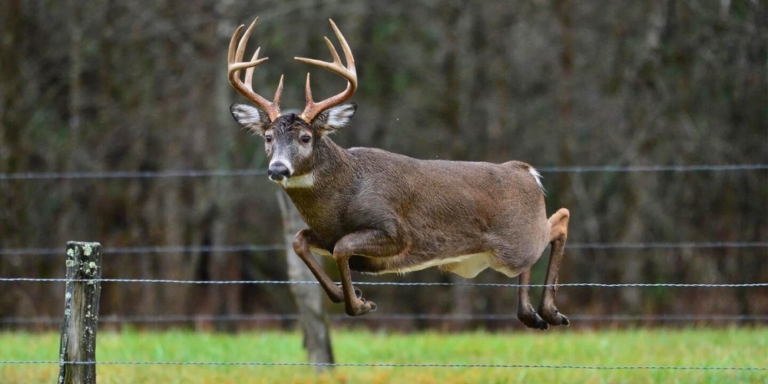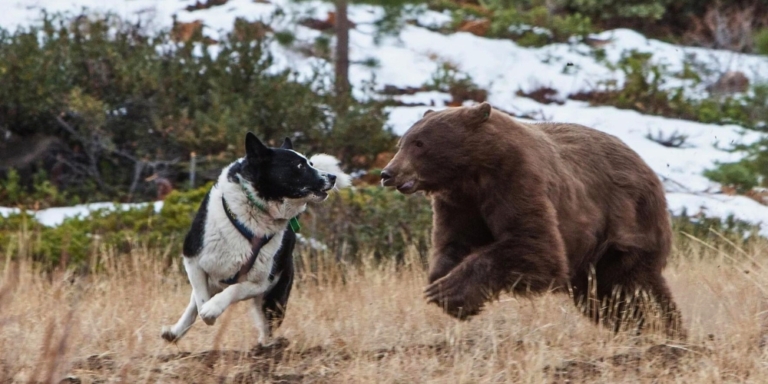Twenty bison were born last spring in Banff’s backcountry.
This baby boom was more than an adorable renewal for the small population.
It’s the latest chapter in a story that many thought was over 200 years ago.
At least 30 million Bison used to roam the North American prairies – for an idea of just how many that is, it’s more than six times the human population of Alberta.
But in the space of just a little over a century, they were hunted to near extinction.
Bison populations dropped fast due to overhunting, first for their valuable products, and then through targeted killings for more sinister reasons.
The bison herds were seen as the perfect “straw to break the camel’s back” when controlling indigenous populations, leading to a maniacal cull which left the prairies completely empty.
Not only did this succeed in crippling indigenous peoples who relied on them, it crippled the prairies themselves.
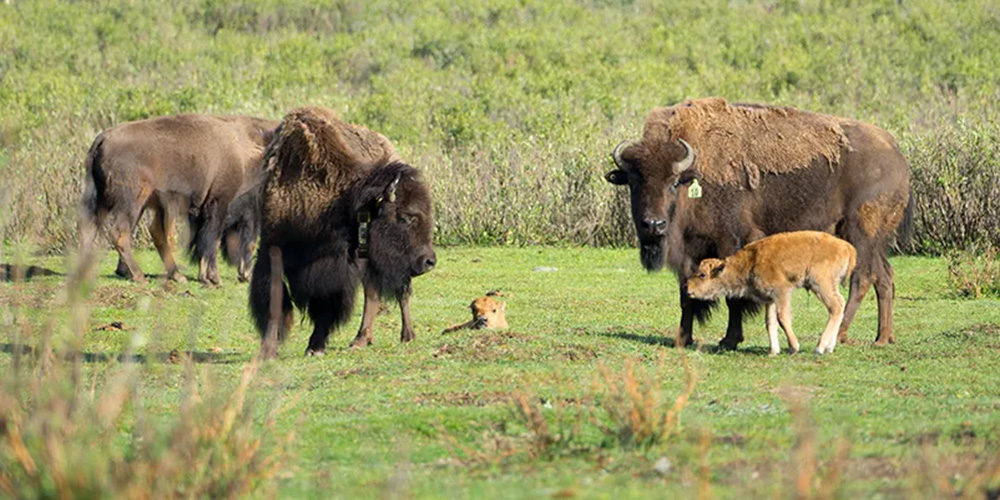
How Bison Help the Prairies Flourish
Bison are a keystone species, meaning their presence helps hold the entire ecosystem together.
As the giant herds moved across the land grazing, they left vital fertilizer behind them.
With every poop, they reintroduced essential nutrients to the ground, making it fertile, and spreading a variety of seeds.
Because of their size and bulk, every step a bison takes creates little pockets in the earth.
Combined with the larger wallows formed when bison rolled on the ground, these ‘hoof-pockets’ provided water to gather, moistening new plant growth, and helping prevent drought.
The result was a lush landscape filled with a variety of species.
Because the bison were not fenced in, they practiced natural ‘rotational grazing,’ moving on from freshly grazed areas to the lush areas created by their previous grazing and ‘fertilizing.’
“Certain insects really prefer these areas as well, and we know that grass and birds prefer to breed and build their nests in different heights of grasses,” Hila Shamon, a research ecologist with the Smithsonian’s National Zoo and Conservation Biology Institute, told CBC News on the topic.
“That is something that bison can create on the landscape.”
Their impact on the land makes reintroduction programs vital for the health of the ecosystem.

The Return of Banff’s Bison
In February of 2017, Parks Canada relocated 16 plains bison to a backcountry region in Banff National Park (BNP).
“The moment the bison set foot on that landscape, it felt to me that I brought them home,” said Wes Olson who accompanied the first 16 bison to be released in the park.
In six years, the herd grew to over 100 strong – with more babies due this spring.
It’s one of the greatest conservation success stories in recent history.
“Bison were an integral part of this ecosystem,” Shamon said. “We still have them in small herds, but their impacts on the Great Plains is not enough. So we need to think about ways of making room for bison to return and to do their magic.”
However, making more room for a species that requires lots of room to roam is proving to be easier said than done.
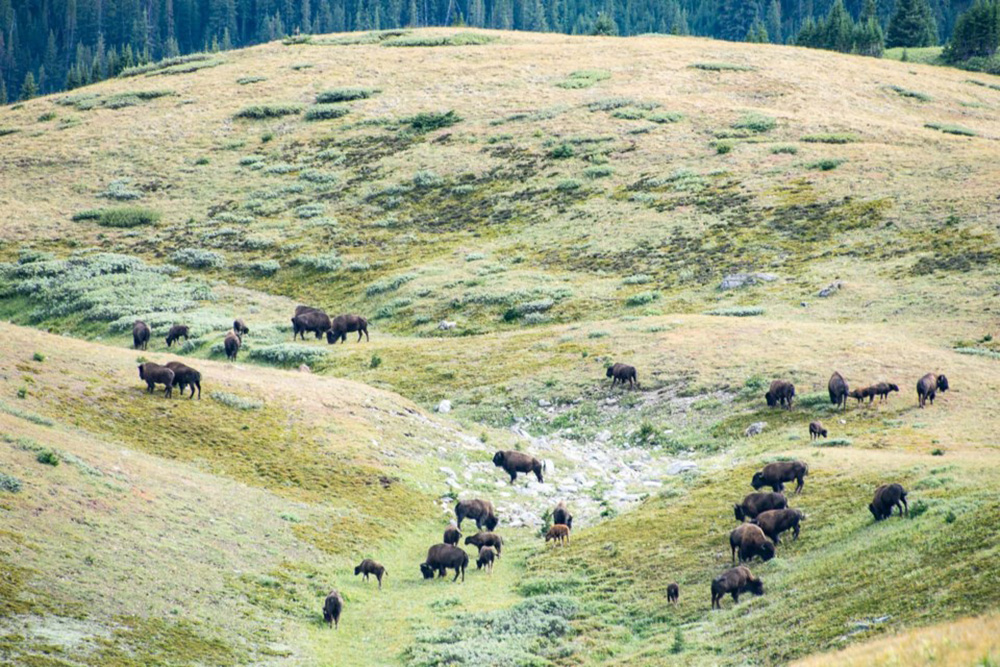
Ready to Grow, But No Place to Go?
Parks Canada says expanding the bison’s range outside the national park is limited by agriculture leases on provincial lands, other human developments, and active management.
“Banff has boundaries, and outside those boundaries, there are other jurisdictions that we definitely need to work with to help realize managing the species because, unfortunately, bison don’t recognize those boundaries,” Sal Rasheed, superintendent of BNP, told the Rocky Mountain Outlook.
“In 2024, we will continue collaborative efforts with an aim to develop a comprehensive bison management plan.”
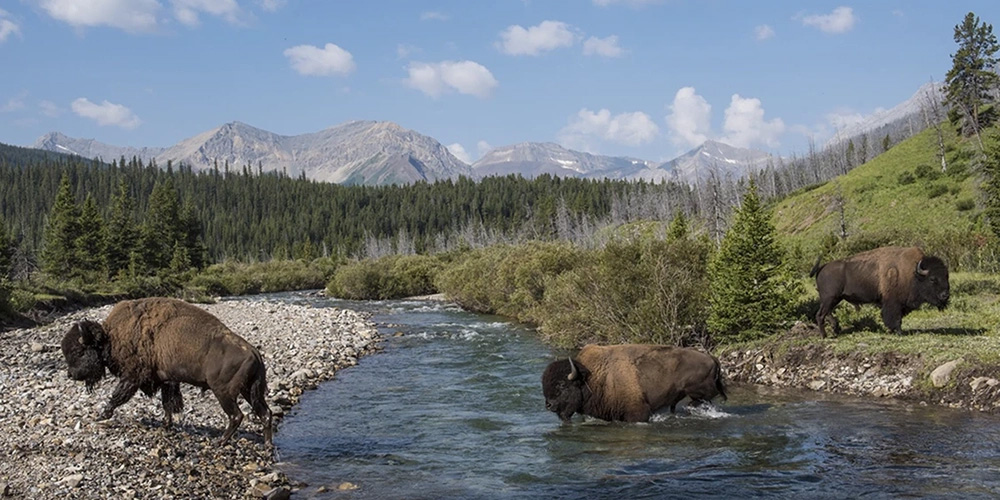
Reintroduction and Reconciliation
However, as the Banff bison herd grows, an opportunity exists to bring back traditional hunts.
Violet Meguinis, who played a significant role in advocating for the reintroduction of bison to Banff, and is the Consultation Director for the Tsuut’ina Nation, remarked on the profound effects of the buffalo’s disappearance, stating, “Our way of life was severely impacted when the buffalo was first taken away.”
“We used to follow the buffalo…. Wherever it roamed, we followed it. We got everything off the buffalo,” she told CBC News.
Tsuut’ina Nation started a project in 1980 to grow a paddocked buffalo herd in the heart of its reserve.
The herd has grown to over 400 animals.

Even harvesting just 20 bulls a year, they produce enough meat for every family on the reserve.
“It’s fulfilling because our spirituality is so dependent on our connection with the land, the animals,” said Meguinis. “It makes us whole again.”
During public consultation on the five-year bison reintroduction pilot program, Parks Canada said a third of respondents supported traditional harvesting by Indigenous people as a form of sustainable bison population management.
The idea is a full-circle approach: The bison roam the plains and foothills again, improving the ecosystem, while Indigenous hunts help manage the bison population.
No formal actions have been taken regarding that possibility yet, but park staff may make announcements in the coming year as they begin to work on the updated bison management plan.
“This plan will include long-term monitoring and adaptive management and will be produced through ongoing collaborations with the province of Alberta, Indigenous partners and other key stakeholders,” said Rasheed.
As we head into spring, you can keep up with updates on the Bison (new babies!!) on Banff National Park’s Facebook Page.
Bringing back these majestic creatures isn’t just about wildlife – it’s about revitalizing the land and reconnecting with traditions.
That’s worth celebrating.



